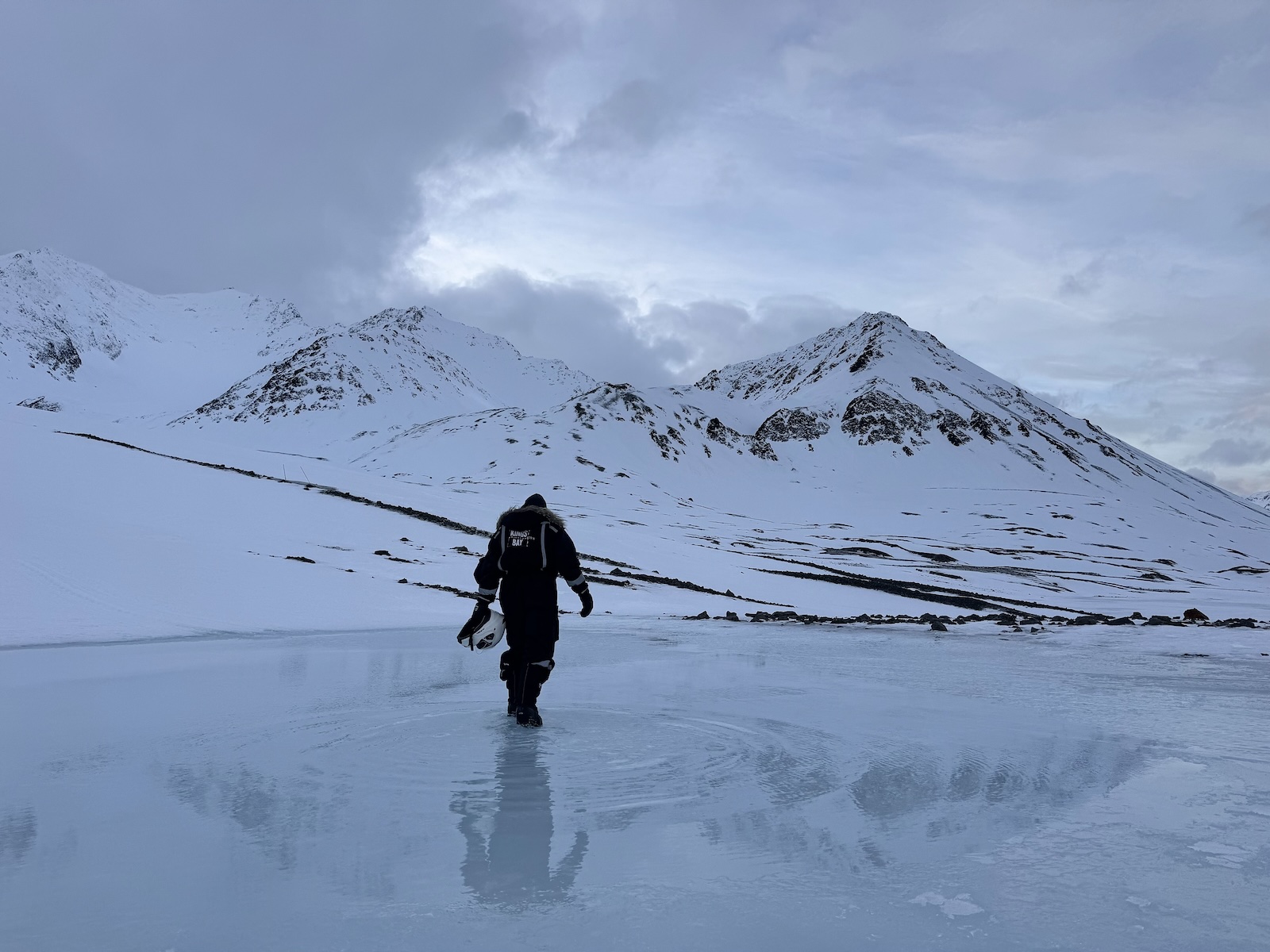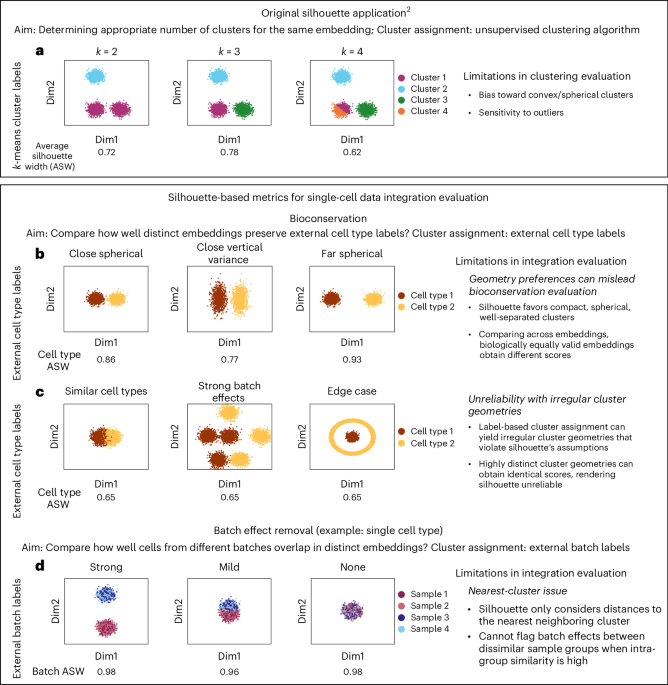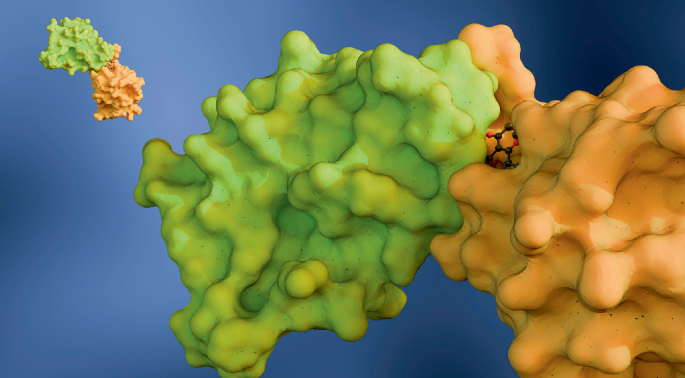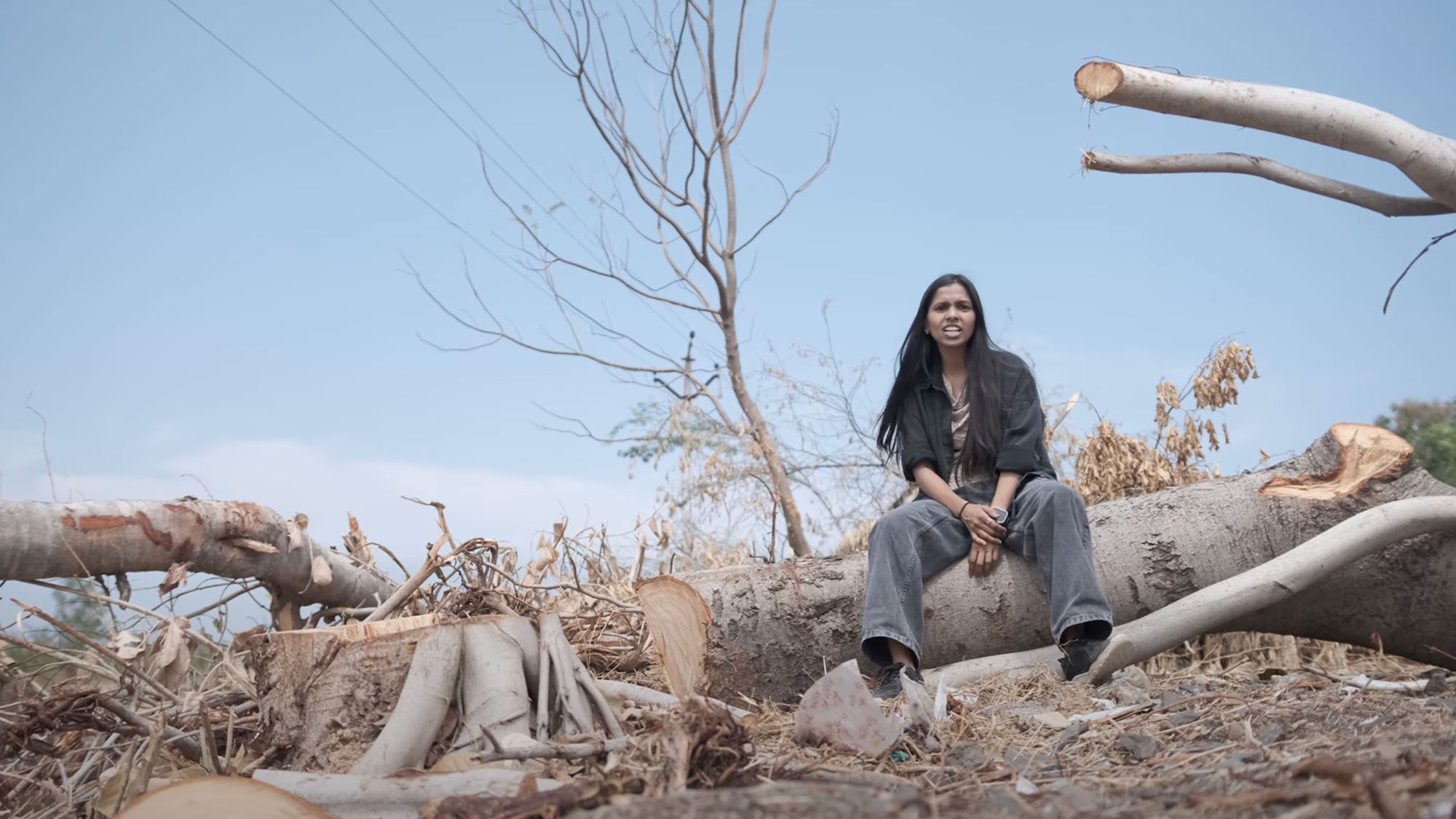Now Reading: Arctic Crisis Unfolds: Alarming Environmental Changes
-
01
Arctic Crisis Unfolds: Alarming Environmental Changes
Arctic Crisis Unfolds: Alarming Environmental Changes

Quick Summary
- The Svalbard Global Seed Vault, located in the Arctic’s permafrost, stores 1.4 million crop seed samples from over 6,000 species but faces climate change challenges.
- Svalbard is warming six to seven times faster than global averages, with February temperatures frequently enough climbing above freezing rather of the usual 5°F (-15°C).
- Scientists observed thawed permafrost soil accessible with a spoon rather of drilling equipment due to anomalously high temperatures.
- Melting permafrost releases methane – a powerful greenhouse gas – fueling an Arctic feedback loop: warming causes thawing, which amplifies further warming.
- Reduced sea ice adn exposed darker water have decreased the Arctic’s reflectivity (albedo), contributing to accelerated regional warming.
- Increased atmospheric moisture and low-level clouds trap heat during dark winters, compounding the heating effect at unprecedented rates.
- Vegetation shifts (“Arctic greening”) are occurring. Dark shrubs absorb more solar energy and trap snow against soil, preventing it from freezing further. While some plants sequester carbon initially, their overall impact may exacerbate warming.
- Methanogens (methane-producing microbes) remain active in thawed layers year-round due to warmer winters without frozen ground sealing them off.
Indian Opinion Analysis
The urgent transformation unfolding in Svalbard carries implications that extend far beyond its icy perimeter. For a country like India – heavily reliant on stable global agricultural systems – disruptions in Arctic conditions tied to methane release could have cascading effects on food security via accelerated climate change.Methane-driven feedback loops risk increasing global greenhouse gas concentrations significantly faster than anticipated models may predict.
Moreover, lessons gleaned from Svalbard underline both challenges and opportunities for preparedness measures. india’s own ecological systems face equivalent threats of tipping points (e.g., Himalayan glacial loss), emphasizing the interconnectedness between polar phenomena and regions closer to home.This episode provides an alarming case study for crafting calibrated responses globally while respecting science-based thresholds for emissions control – as India progresses toward its commitments under frameworks like COP26 or ‘Panchamrit.’


























